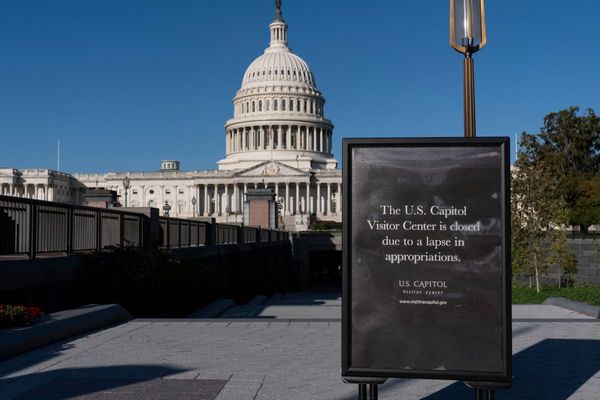
Compiled financial statements showed an additional drop of 3.8% in Lebanon’s total banking assets in the first quarter of 2020.
Several factors threatened to cut down all banking indicators, mainly continued withdrawals since the outbreak of the popular protests in October and the sharp decline in foreign transfers.
The decline can also be partly attributed, especially in recent months, to banks’ netting of their LBP loans granted by the Central Bank in return for investments in the local currency.
The main asset base linked to financial resources reveals fears of depositors and their lack of trust in the banking system. The latter is under severe pressure from the government, which holds it, along with the central bank, responsible for the public financial gap of about $83 billion.
These fears were reinforced by the dramatic fall of the value of the Lebanese currency against the US dollar (from LBP 1,520 to around LBP 4,000), and strict restrictions on USD withdrawals.
On the other hand, the Lebanese banks’ loans to the private sector (resident and non-resident) shrank by 9.55 percent, equivalent to about $4.75 billion in the official approved price, to reach about $45 billion.
Customer deposits decreased by nearly 13 percent, equivalent to about $22.8 billion on an annual basis.
Estimates compiled by the Central Bank show a decrease of 2.14% in the total assets of investment banks to reach about $5 billion at the end of the first quarter of 2020.







